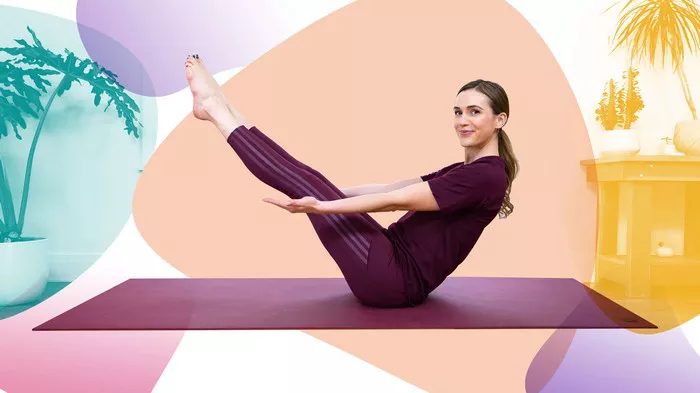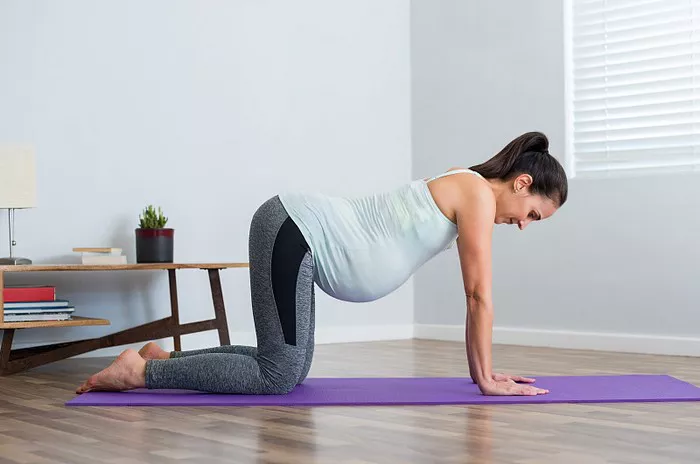Yoga is a practice that connects the mind, body, and spirit through movement, breathing, and meditation. A key piece of equipment for many practitioners is the yoga mat. While the surface you practice on might not seem like a big deal, the thickness of your yoga mat can significantly impact your practice, comfort, and overall experience.
If you’re new to yoga or shopping for a new mat, you may wonder: How thick is a standard yoga mat? This article delves into the standard thickness of yoga mats, their variations, and how to choose the right mat for your specific needs.
What Is a Standard Yoga Mat?
A standard yoga mat typically measures around 3mm to 4mm (or 1/8 inch) in thickness. This thickness strikes a balance between portability, stability, and cushioning.
Portability: Standard mats are light and easy to carry, making them suitable for traveling or taking to a yoga studio.
Stability: A 3mm to 4mm thickness ensures a stable connection to the ground, which is crucial for maintaining balance in standing poses.
Cushioning: While not as thick as other options, standard mats provide enough cushioning for most practitioners without compromising support.
Thickness Variations: Yoga Mats Beyond the Standard
Yoga mats come in a variety of thicknesses to cater to different needs and preferences. Here are the main categories:
1. Thin Mats (1mm to 2mm)
Thin mats, also known as travel mats, are lightweight and ultra-portable. They’re ideal for yogis who are constantly on the move and need something that folds easily into a suitcase or backpack. However, their minimal cushioning can be challenging for people with sensitive joints or those who practice on hard surfaces.
Best for: Travel, experienced yogis who prefer maximum stability, hot yoga (where extra grip is needed).
Drawback: Limited joint protection.
2. Standard Mats (3mm to 4mm)
As mentioned earlier, this is the most common thickness for yoga mats. It offers a good compromise between stability and comfort, making it suitable for most types of yoga.
Best for: General use, studio classes, and home practices.
Drawback: May not provide enough cushioning for people with sensitive knees or wrists.
3. Thick Mats (5mm to 6mm)
Thicker mats are often marketed as premium mats. They provide extra cushioning, which can be beneficial for restorative or yin yoga, where poses are held for extended periods.
Best for: Gentle yoga, people with joint issues, or those who prefer softer surfaces.
Drawback: Can feel less stable in standing poses due to the added thickness.
4. Extra-Thick Mats (7mm and above)
These mats are sometimes referred to as exercise mats rather than yoga mats. They’re highly cushioned and are ideal for floor-based practices or exercises like Pilates. However, they are usually too thick for dynamic yoga styles, as they can make balancing more difficult.
Best for: Meditation, seated poses, or stretching routines.
Drawback: Heavier and bulkier to carry; less stability for standing and balancing poses.
How to Choose the Right Thickness for Your Practice
When selecting a yoga mat, thickness is just one factor to consider. The following aspects will help you decide which thickness is best suited to your individual needs.
1. Type of Yoga You Practice
The style of yoga you practice greatly influences the ideal mat thickness:
Dynamic Practices (e.g., Vinyasa, Ashtanga): A standard mat (3mm to 4mm) is perfect for dynamic styles that require frequent transitions between poses. The thinner surface helps maintain stability during balancing poses.
Gentle Practices (e.g., Yin, Restorative): Thicker mats (5mm to 6mm) provide the cushioning needed for prolonged seated or supine poses.
Hot Yoga: A thinner mat with a textured surface is ideal for hot yoga, as it ensures a firm grip even in sweaty conditions.
2. Your Comfort Needs
If you experience discomfort in your knees, wrists, or back during practice, a thicker mat can alleviate pressure on these areas. However, remember that more cushioning often means less stability, so find a balance that works for you.
3. Surface You Practice On
The type of surface you practice on plays a crucial role:
Hard Floors: Opt for a thicker mat if you practice on tile or hardwood flooring to protect your joints.
Carpeted Floors: A standard or thinner mat is sufficient, as the carpet provides additional cushioning.
4. Portability
If you attend yoga classes or travel frequently, a thinner mat is more practical. Thicker mats can be heavy and cumbersome to carry around.
5. Your Experience Level
Beginners may benefit from a slightly thicker mat to provide added comfort while they build strength and flexibility. Experienced yogis often prefer thinner mats that allow them to feel more connected to the ground.
Materials and Their Impact on Thickness
The material of your yoga mat also affects its performance and feel, regardless of thickness. Common materials include:
PVC (Polyvinyl Chloride): Durable and affordable but less eco-friendly. PVC mats are available in a range of thicknesses.
TPE (Thermoplastic Elastomer): Lightweight and eco-friendlier than PVC. TPE mats are often found in the standard thickness range.
Natural Rubber: Dense and supportive, rubber mats typically provide excellent grip but can be heavier, especially in thicker options.
Cork and Jute: These natural materials are often paired with a rubber base. They are firm and stable, making them ideal for thinner mats.
Conclusion
The standard yoga mat thickness of 3mm to 4mm is a versatile choice for most practitioners. It provides a balance of portability, stability, and comfort, making it suitable for a wide range of yoga styles. However, depending on your practice style, joint sensitivity, and personal preferences, you may benefit from exploring other thickness options.
Ultimately, the best yoga mat is one that supports your practice and enhances your connection to your body and breath. By considering your needs and experimenting with different mats, you’ll find the one that feels just right for you.
Related Topics:


















